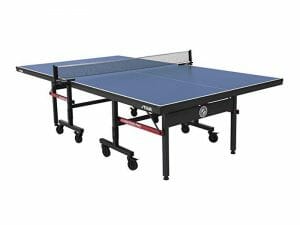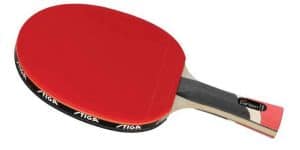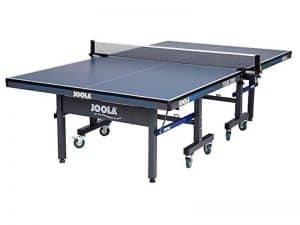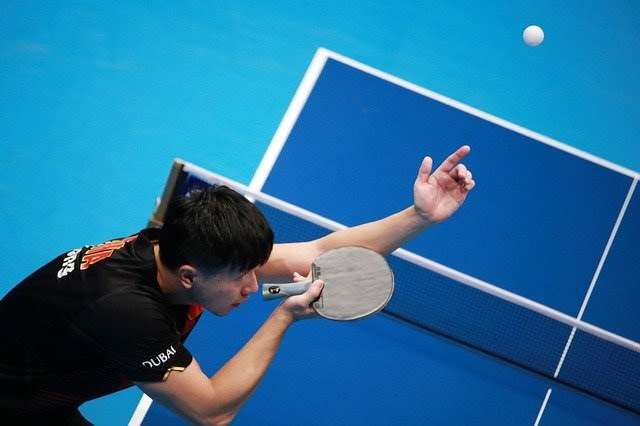12 Fun Pickleball Drills to Enhance Your Performance
- Alex Horscroft
- Last updated
Sure, you can do matches every time you play pickleball, but if you really care about improving, you should seek to implement various pickleball drills into your sessions.
Speaking from experience, pickleball practice drills are the best way to improve.
While matches are a lot of fun to play, they don’t specifically address any weak areas you might have. Carefully selected drills, by comparison, will improve your weak areas. And ultimately, you’ll have more fun in the long run as you won’t get frustrated with yourself for making the same mistakes repeatedly.
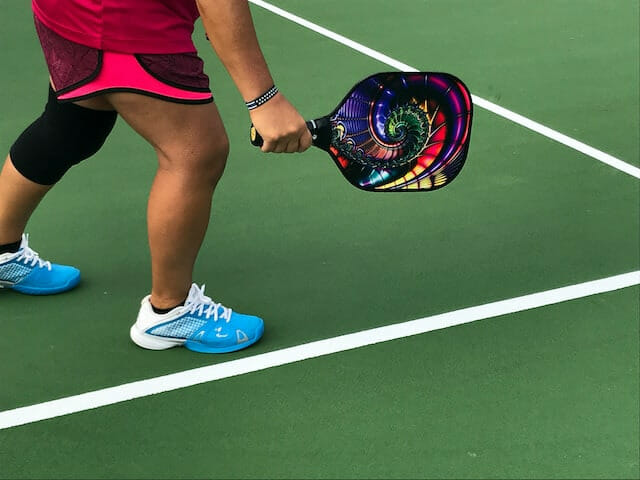
Table of Contents
What Is a Pickleball Drill?
A pickleball practice drill is a rally sequence with strict conditions. This contrasts match play, where you can move or strike the ball however you want to.
Pickleball drills include these restraints to force you to train in a particular area of your game.
Due to the isolating nature of drills, you perform the same strokes and movements repeatedly over a short time. This helps you to improve your technique and build muscle memory.
Why Pickleball Drills Are Important
No matter your skill level, you have weak areas; nobody is perfect. Some areas of the game will simply come more naturally to you than others. And if you don’t target these weak areas with drills, you’ll find these get exploited in match play.
Therefore drills for pickleball are essential to ensure that your game is well-rounded.
Read More: Best Pickleball Machines
Best Pickleball Drills for Solo Play
Drill 1: Repeatedly Bounce the Ball on Your Paddle
This is the first step I recommend for players new to pickleball. You’ve either never held a pickleball racket before or are largely unfamiliar with it. Therefore it’s a good idea to experiment with it to see how it performs.
Much like keepy uppies in football, your objective for this drill is to keep the ball off the ground by continuously volleying it straight into the air. This drill will help you start to gauge how striking the ball feels.
Notice how the ball is easier to volley in the center where the sweet spot is. By contrast, the ball is slower and harder to volley near the sides. I like this exercise as it’s the perfect pickleball drill for home play. You can do it from the comfort of your own garden.
Drill 2: Practice Against a Wall
Once you’re somewhat familiar with your pickleball racket, the next step is to practice pickleball wall drills. Equally, this drill is also good if you are a seasoned player who wants to remain sharp. This is because you can easily tailor this exercise to meet your skill level and training requirements.
We recommend drawing a line on the wall, which is 36” off of the ground, to replicate a pickleball net. This is, of course, optional, but it will help. You can always use something like chalk which will wash off. Now you have a makeshift pickleball court where the wall acts as your opponent.
Use it to drill various strokes and movements. We find it works best for fast groundstrokes and volleys, but experiment to see what is best for you.
Drill 3: Serves
If you’re purely training serves and not third-ball strokes, you don’t even need a partner, so take advantage of this. Gather a collection of balls and just serving!
Vary your distance, speed, and spin, as this will give you more confidence when you are in matches. Once you’ve used up all the balls, move over to the other side of the court, collect them up, and serve from that side to save time.
Read more: How To Play Pickleball
Beginner Pickleball Drills for Two Players
Drill 4: Groundstrokes From the Baseline
Although pickleball is largely played at the kitchen line, groundstrokes from near the baseline are a common shot you will need to play. This is because you start every game at the baseline.
For this pickleball drill for beginners, you are not allowed to approach the kitchen. Both you and your partner must remain near the baseline and try to hit winners with groundstrokes. You’ll have to strike the ball fairly hard and work angles to do this. This will give your backhand and forehand a good workout and put you in a good position for kitchen approach drills which come later.
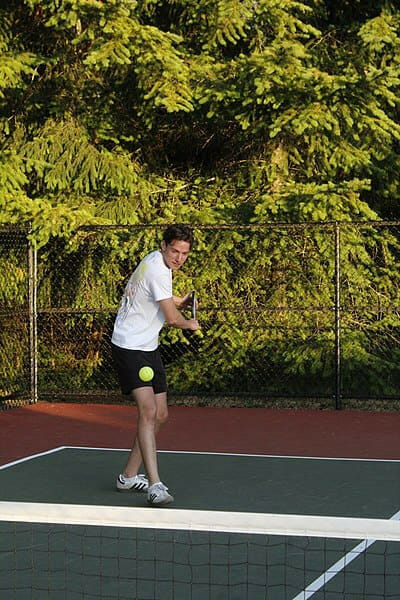
Wikimedia — Picklerpeej under CC BY-SA 4.0
Drill 5: Dinking in the Kitchen
Dinking is one of the most common shots in pickleball, so you need to become very good at them if you want to start winning matches. For this drill, both you and your opponent start at the kitchen line and continuously dink the ball until one player wins the point.
For dinks, placement is very important. Your goal is to always keep your opponent guessing. You can’t rely on speed as you do for other shots, as dinks are slow. One way to make your dinks tricky is to fool your opponent with your body position. Set up as if you are dinking the ball one way and dink it to the opposing corner at the last moment. It works a treat!
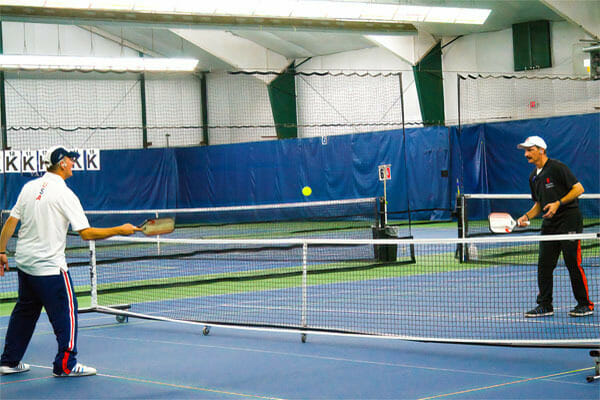
Wikimedia — Rossetti Family under CC BY-SA 4.0
Drill: 6: Practice Volleying
Pickleball volley drills take place at the kitchen line. As we know, this is the closest position to the net where you can volley the ball so improving your performance here is vital.
The objective of this exercise is consistency. Try and volley the ball back and forth with varying levels of speed and placement. But remember, make the volleys returnable. You shouldn’t be smashing the ball at each other or hitting the ball too deep where your opponent has to leave the kitchen line.
Drill 7: Drop Shots
Drop shots are harder to get the hang of than dinks, so pay attention to them. Have one player stand at the kitchen line and the other at the baseline. The baseline player performs fast groundstrokes while the kitchen line player volleys the ball.
When an opportunity presents itself, the player performs a drop shot at the baseline, enabling them to approach the kitchen. You then switch roles so the other player can try to perform a drop shot.
Drill 8: Service Returns
While serves are relatively easy to return in pickleball relative to the likes of tennis or table tennis, some players have serves that will undoubtedly give you trouble. Therefore you need to introduce service return drills into your training plan.
For this drill, there are only two strokes. Have your opponent serve the ball at you, and you perform the highest quality return you can. That’s it, rinse and repeat. Do not engage in open play. The goal here is to remain targeted at service returns.
Drill 9: Smashes
For smash drills, both players begin at the kitchen line and normally play as they would, volleying and dinking the ball. Then at random, one player should purposefully perform a poor-quality volley that goes too high over the net, thereby enabling the opposing player to perform a smash. The receiving player then attempts to return this smash and slow down the rally so that it reverts to its former state of normal dinking and volleying.
Read More: Best Pickleball Set
More Advanced Pickleball Drills for Two Players
Drill 10: Kitchen Approaches
Kitchen approaches combine the two basic drills of groundstrokes from the baseline and drop shots. However, it also introduces footwork and takes more work to execute effectively.
The reason kitchen approaches are so vital is that pickleball is largely played at the kitchen line, and every player’s objective is to get there as soon as possible. This drill will help you do exactly that.
Begin this pickleball drill for advanced players with one player already at the kitchen line, and the other, at the baseline. The baseline player feeds the ball to the other player, who performs a volley. The objective is then to get to the kitchen as quickly as possible.
This means performing a drop shot that lands safely in the kitchen, preventing the opponent from smashing it. However, the opponent does everything they can to stop the baseline player from getting to the kitchen. And if a crappy drop shot comes their way, they punish it with an unreturnable smash!
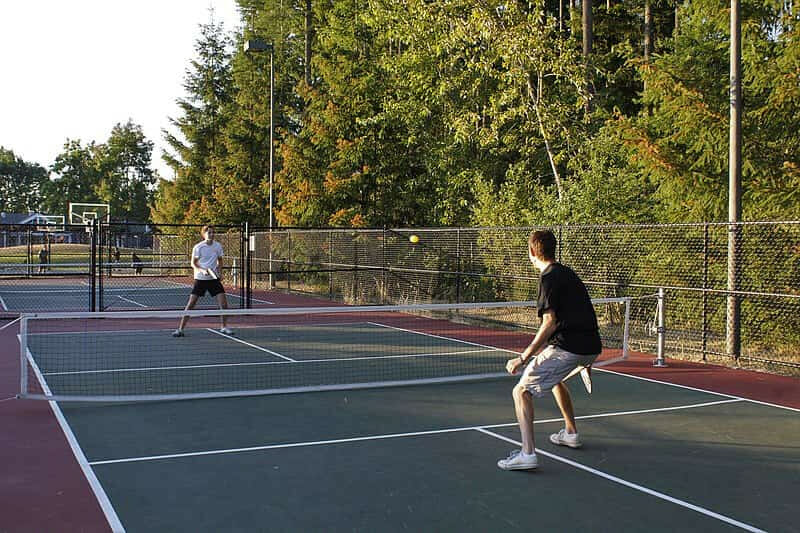
Drill 11: Skinny Pickle
Skinny pickle is a game of precision. It sees the court cut in half down the middle giving you 50% of the playing area you would usually have. Other than that, you can undertake this exercise how you like. I think this is a good opportunity to perform open play. However, you can certainly merge skinny pickle with another training drill.
For instance, you could make it into a pickleball backhand drill by forbidding any forehand strokes, simultaneously working your precision and backhand ability.
Drill 12: Lob Training
Another good pickleball drill for two players is lob training. Lobs are one of the hardest shops to get right in pickleball. This is because they have a low margin for error, and a poor lob will likely result in you losing the point. However, being a proficient lobber makes you a more versatile player and is great at catching your opponents off-guard.
Have you and your partner at the kitchen line to drill your lobs. Here you are playing as you usually would dinking and volleying the ball while working angles. Then, attempt to lob the ball over your opponent at a random point. The key here is to make the stroke unexpected and to get just the right amount of height so that they cannot smash the ball, and just the right amount of depth so that it lands deep near the baseline.
The other player will attempt to smash the ball if possible. You can also choose whether the player receiving the lob should run to attempt to return the ball if they are lobbed. If you choose against this, simply repeat the exercise.
FAQs
What Are the 3 Basic Skills of Pickleball?
The 3 basic skills of pickleball are dinking, volleying, and groundstrokes. A dink is a short groundstroke that lands in the kitchen. A volley is a shot that you strike before it bounces, and a groundstroke is any stroke where you hit the ball after it bounces.
How Can I Practice Pickleball by Myself?
There are many ways to practice pickleball by yourself. Our favorites are to play against a wall, as this simulates a playing partner, and to drill serves, as you don’t need a partner to make a return.
Read More: Practice Table Tennis Alone
Conclusion
Match play may be a lot of fun, but drills are vital if you are keen to improve. For some reason, there is this idea that drills are tedious, but that doesn’t have to be the case. You can try countless drills — our list of 12 pickle ball drills is by no means exhaustive.
In fact, we recommend coming up with your own! Nobody knows your own needs better than you do. I, for example, frequently create my own drills when I play table tennis, as I like my practice sessions to be highly targeted, and I strongly recommend you do the same for pickleball. And don’t forget, above all, have fun!
Freelance writer. Table tennis enthusiast. Lover of all things online. When I’m not working on my loop game I’m probably binge-watching some fantasy show.
-
Alex Horscrofthttps://pingpongruler.com/author/alex-horscroft/
-
Alex Horscrofthttps://pingpongruler.com/author/alex-horscroft/
-
Alex Horscrofthttps://pingpongruler.com/author/alex-horscroft/
-
Alex Horscrofthttps://pingpongruler.com/author/alex-horscroft/
Popular Products
Join our email list for exclusive reviews & the latest Ping Pong News
Sign up to our newsletter and stay up-to-date with the latest news in the ping pong world, and be the first to read our new product reviews. We promise, no spam







